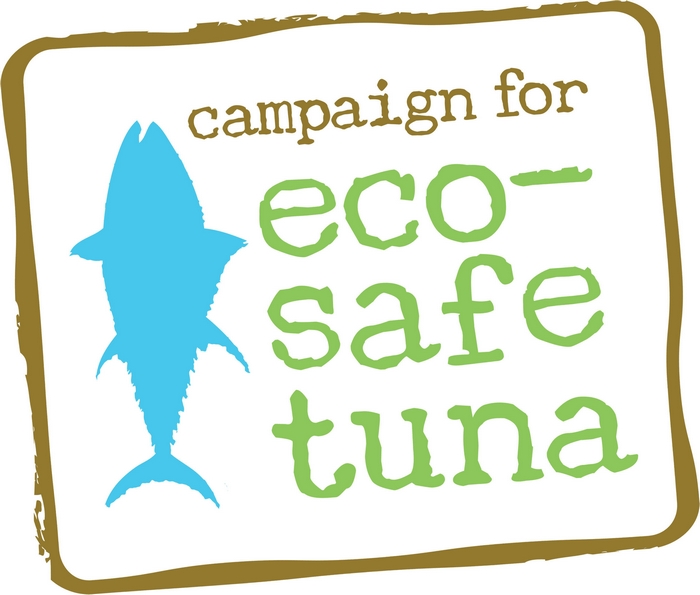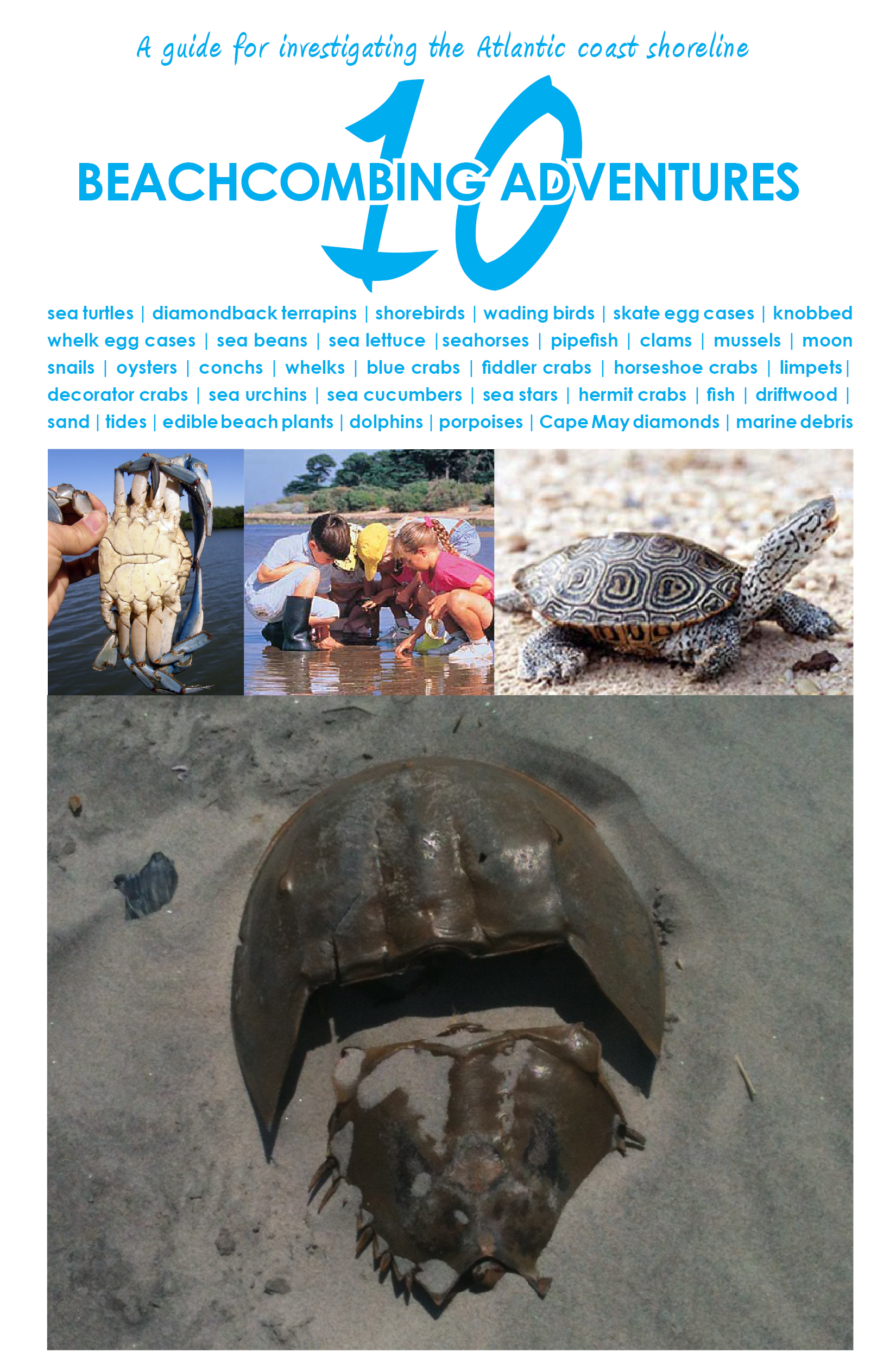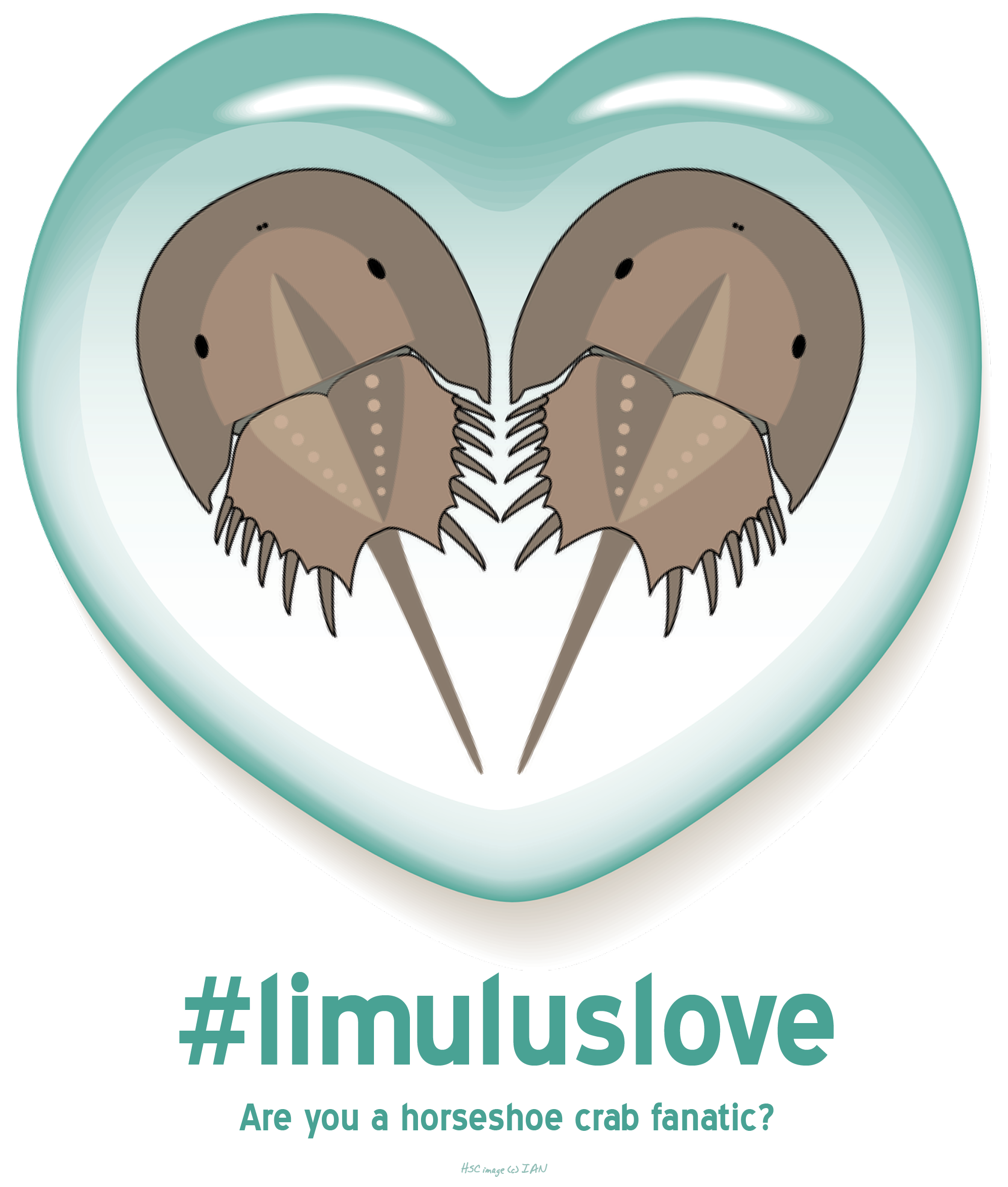From far away you can probably only see the fin, right? The Atlantic bottlenose dolphin will have a dorsal fin that is hooked while the Atlantic Harbor Porpoise will have a triangular dorsal fin. If you are closer you will see other differences. For instance, the dolphin is about 7-12 feet as an adult while the porpoise gets to be about six feet. Also, the porpoise has a rather blunt nose while the dolphin has a much more pronounced, almost bottle-shaped, nose. Lastly, the porpoise is usually darker in color than the dolphin.  Do you have another great question? Check out www.beachchairscientist.com and let us know what you always ponder while digging your toes in the sand!
Do you have another great question? Check out www.beachchairscientist.com and let us know what you always ponder while digging your toes in the sand!
How can you tell if that fin bobbing up and down in the distance belongs to a dolphin or a porpoise?
What do you do if you see a marine mammal stranded?
Keep calm. Also, remain at least 100 feet back so as not to scare the animal back into the ocean. If the animal is injured you want to be sure to get experts there immediately to investigate. If you are on the Atlantic coast call one of the following members of the Northeast Stranding Center.
Maine:
College of the Atlantic (207) 288-5015
University of New England-Hot Line (207) 580-0447
Massachusetts, New Hampshire & Maine:
New England Aquarium (617) 973-5247
Connecticut & Rhode Island:
Mystic Marinelife Aquarium (860) 572-5955
New York:
Riverhead Foundation (631) 369-9829
New Jersey:
Marine Mammal Stranding Center (609) 266-0538
Delaware:
Marine Education, Research and Rehabilitation Inst.(302) 228-5029
Maryland:
Cooperative Oxford Laboratory (800) 628-9944
National Aquarium in Baltimore (410) 408-6633
Washington, DC:
Smithsonian Institute (202) 357-1923
Virginia:
Virginia Institute of Marine Science (866) 493-1085
Virginia Aquarium and Marine Science Center (757) 437-6159
Typically you can volunteer at a stranding center. This would involve being available for crowd control and keeping the animal damp with towels during the interim time when an animal is spotted until experts can show up to diagnosis the animal. You must be properly trained before you become a proper marine mammal stranding volunteer.
For more information check out the place I volunteered during my old undergraduate days: http://www.marinemammalstrandingcenter.org/main.htm
Do you have another great question? Check out www.beachchairscientist.com and let us know what you always ponder while digging your toes in the sand!
Where do fish sleep?
Well, most fish are just like us and simply want to find a place away from all the chaos of the day to day rat race to take a nap and rest – slowing down their busy lives – gaining energy for the next day.
These places could be under logs, coral crevices, or other sorts of reefs spots – basically out of the way of predators.
Here is an interesting adaptation – the parrotfish uses its spit to create a translucent “sleeping bag bubble” around its body while it sleeps. The bubble helps to hide the parrotfish’s scent so other fish will not find it. If another animal bumps into it – the parrotfish will be warned of the other animal nearby and make a quick get away. Parrotfish are found on the coral reef.
But we’ve only scratched the surface here. Check back often at http://www.beachchairscientist.com for more insight about your favorite beach discoveries.
How long do seastars live?
Seastars can live up to 35 years in the wild! It really depends on the species. Their wild habitat includes coral reefs, rocky coasts, sandy bottom, or even the deep sea of all the world’s oceans. There are approximately 1,800 different types of sea stars.
They have been known to live up to 10 years in aquariums.
More links on seastars:
http://animals.nationalgeographic.com/animals/invertebrates/starfish.html
http://users.bigpond.net.au/je.st/starfish/index.html
But we’ve only scratched the surface here. Check back often at http://www.beachchairscientist.com for more insight about your favorite beach discoveries.
Do all jellies sting?
Yes, they do. All jellies have specialized structures called cnidoblasts. Inside the cnidoblasts are capsules called nematocysts. Inside each nematocyst is a coiled, hollow thread. Nematocysts are triggered by mechanical (touch) or chemical stimuli. When they fire, the thread turns inside out, pierces its prey and delivers its venom. A jelly’s tentacles and oral arms are covered with thousands of these spring-loaded little death traps.
But not all nematocysts are created equal. The sting of a sea wasp can be deadly inside of five minutes. The famous “stingless” jellies of Jellyfish Lake in Palau however, have a venom so weak; you’d have to give them a good lick to have any effect at all.
But we’ve only scratched the surface here. Check back often at http://www.beachchairscientist.com for more insight about your favorite beach discoveries.
Jim Wharton
Vice President, Education Division, Director, Center for School and Public Programs, Mote Marine Laboratory
What allows jellies to float?
Jellies don’t technically float; they’re neutrally buoyant (or close to it). Floating would be bad. It would mean being stuck on the surface, like a boat. Jellies are mostly water-up to 96%. What’s left is mostly the “jelly” in a jellyfish, the mesoglea. Jellies sink exceedingly slowly, and make up for it with just a little bit of swimming. A few pulses of the bell can keep them in place, but that’s about it. Jellies can swim all day and not really “go” anywhere. These gelatinous gems are the world’s largest plankton-completely at the mercy of the ocean currents.
But we’ve only scratched the surface here. Check back often at http://www.beachchairscientist.com for more insight about your favorite beach discoveries.
Jim Wharton
Vice President, Education Division, Director, Center for School and Public Programs, Mote Marine Laboratory
Is a starfish really a fish?
No. The classic common name is very misleading. Scientists and environmental educators are transitioning their language to seastar when referring to this animal because, well, it is not a fish.
The seastar is in the same family as the sea urchin, sea cucumber, sand  dollar and a few others that all have these things in common: fivefold radial symmetry, spiny skin and a water based vascular system.
dollar and a few others that all have these things in common: fivefold radial symmetry, spiny skin and a water based vascular system.
The family is called the “echinoderms” which means spiny skinned.
Image (c) dk clipart.
Do you have another great question? Check out www.beachchairscientist.com and let us know what you always ponder while digging your toes in the sand!
Why do I always see so many dead crabs along the shoreline?
Rest assure those crab skeletons are not all dead crabs. They are the molts from the animals. Crabs, lobsters, horseshoe crabs, and many other crustaceans go through a molting phase and the old shell is basically washed up in the wrack line.
The wrack line is the deposits from the ocean after the tide has gone back out to sea. It’s often defined by seaweed that entangles lots of fun ocean treasures such as sea beans, old leathery sea turtle eggs, and sometimes marine debris. It’s my favorite spot to explore!
Do you have another great question? Email info@beachchairscientist.com and let me know what you always ponder while digging your toes in the sand!
What do you call someone that collects sand?
An arenophile is someone that collects sand specimens from different beaches.
Not to be confused with a person that loves aviation – an areophile.
But we’ve only scratched the surface here. Check back often at http://www.beachchairscientist.com for more insight about your favorite beach discoveries.
What’s the difference between a conch and a whelk?
Good rule of thumb would be that whelks are found in temperate water and conchs are found in more tropical waters. Also, conchs have eyeballs, while whelks have eyespots. If you’re lucky enough to catch them while feasting, whelks are carnivores and conchs are herbivores. Also, their body colors are different. Conchs tend to be green or gray while whelks are tan or whitish (but can be other colors).







What people are saying …